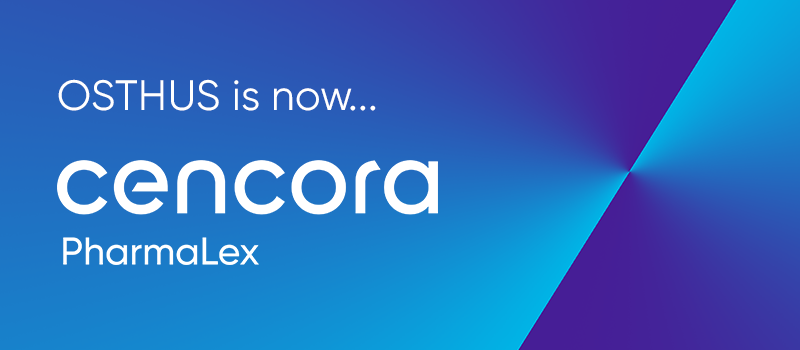The Goal: Manage data as enterprise assets that support your business to reach its goals.
Typical R&D firms have gradually begun to realize that a robust Data Governance mechanism far outweighs the cost curtailing or controlling measures in short term. Regulatory environment under GxP has become stricter for R&D Labs wherein Lab managers increasingly face complex data governance challenges. With the advent of new technologies like AI/ML/Big Data Tech./Cloud Tech./Virtualization, every technology driven firms now wishes to develop core competencies around this space to outperform each other in the race towards faster innovation and shorter time-to-market spans. Firms across domains have realized that “Data” is their most valuable asset and requires a formal governance process around this space for improved utilization. For many organizations the existing data architecture landscape has evolved over the past 15-20 years, essentially mimicking the overarching IT and business organization - historically IT was siloed by both business domain and region. Current enterprise data management practices have led to a bad data situation, hence there is a need for change.
In this example, each business line enjoyed essentially their own dedicated and full service IT team (project management, analysis, development and testing). While this approach has a number of distinct advantages i.e. dedicated support for each business line, it has a number of significant disadvantages being duplication of resources, data, processes and technology hence the complexity shown in the figure.
It is important to note that the sample diagram focuses on the spaghetti IT architecture (fig.1) that predominately prevails in typically large multinational organizations.

The main challenges occur because there is a need to cross business lines or regions and look at the organization from a global perspective.
Other deficiencies include a lack of a global, complete and accurate authoritative sources of core master data e.g. R&D data related to experiments and labs, etc. In this context, a master source can be thought of as the single source of truth for a given data class. For example, there are multiple sources/copies for same data. This is not efficient from an operation, technology or cost perspective and creates further data consistency issues. All critical domains should have a single source of truth.

In our understanding, FAIR Data Governance provides an organizational, procedural and technical framework that organize the definition and management of terms (data, metadata, master, and reference data, and their relation to the business) in large, heterogeneous organizations. The efficient management of terms in large organizations ensures proper use, annotation, and publication of data assets and the linkage to business relevant terms and entities most often hidden in entity-relational models of data systems.
OSTHUS uses customized FAIR Data Management Maturity Model (DMMM) tailored to the need of each customer. This provides best practices to help organizations build, improve, and measure their enterprise data management capability allowing for timely, accurate and accessible data across the entire organization. The FAIR Data Management Maturity Model is a consistent enterprise wide framework for Data Councils to implement and embed data management in accordance with the Data Strategy, Data Policy and Regulations. This in turn aligns to industry standards [including the CMMI, DCAM (EDM Council) and DAMA].
“It costs too much to run our data estate!”
Direct data costs i.e. the costs to run the numerous databases & data warehouses that support the business generally runs in millions for big organizations.
“We can’t find the data we need i.e. where do I go for e.g. R&D and experiments related data?”
Historically both the business and IT have been structured by business function\products and regionally, which often leads to a proliferation of processes and support IT & data architecture. On an average 80% of the time spent on an analysis project is spent on 'cleaning' the data - filling in missing information and confirming meaning.
“I need to standardize my data?”
JVs/ Alliances/ Research Collaboration approach allows researchers to tackle huge projects but different instruments produce different data and different scientists record data in different ways and formats.
DMMM assisted our clients to set up the Enterprise Data Policies and Compliance Framework.
Our clients have leveraged a myriad of collaborative partnerships that we have with leading vendors in the space of Data Governance, Data Lineage and Data Quality.
We are major contributors on the Allotrope Foundation to lead the way in the application of FAIR data principles in the R&D space.

This will close in 0 seconds
